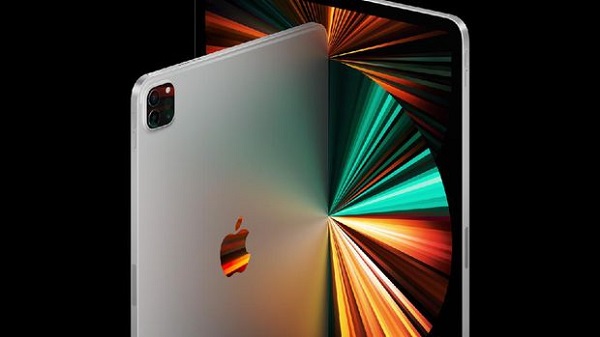However, the presence of the M1 doesn`t necessarily make the iPad Pro`s functions experience much improvement. Because, the function of this tablet has not changed much from the previous generation. The thing that limits this tablet is the software that still uses iOS for iPad (iPad OS). Because, this software also limits how the tablet is connected to other devices such as additional monitors and external storage.
Chipset M1
Apple says that the CPU capacity of the iPad increases by 50-40 percent from the A12 Z chip used in the 2020 iPad. However, this greater computing capability will not be of much use if the applications used on the iPad are not able to make optimal use of it, as reported by CNet.
Through the official website, Apple said that the M1 chip has an 8-core CPU design that can deliver CPU performance up to 50 percent faster than the A12Z Bionic and an 8-core GPU that delivers 40 percent faster performance.
The new iPad Pro is also equipped with the latest-generation 16-core Apple Neural Engine, an advanced image signal processor (ISP), 16GB RAM and 2TB ROM.
The ISP and Neural Engine on the M1 are claimed to provide more capabilities than pro camera systems, for example supporting Smart HDR 3 for the first time to the iPad Pro. In low light conditions, ISP and LiDAR scanners can also quickly and accurately focus images and videos.
Screen
The latest iPad Pro tablets have a 12.9-inch Liquid Retina XDR display. The display panel is claimed to use more than 10,000 mini LEDs called Liquid Retina XDR.
With this mini LED, it is said to make it easier for users to adjust the screen brightness and contrast. The brightness ranges from 1000 nits to 1600 nits. In fact, the contrast ratio is claimed to be 1 in one million. But this new screen technology will only be available on the 12.9-inch iPad Pro. The lowest price for this variant with 128 GB storage for US $ 1,099 (Rp.15.9 million; exchange rate Rp.14,542.5)
Connectivity: 5G to Thunderbolt
Apple embeds a 5G connection for certain variants of the iPad Pro. Apple promises 5G network support on various frequencies for users in various parts of the world. This is because each country usually operates 5G on different frequencies.
To speed up data transfer, Apple also equipped the new iPad Pro with Thunderbolt and USB 4. The USB-4 feature allows the USB-C port on the iPad Pro to send data at up to 40Gbps, 4 times faster than the previous iPad Pro. Apple says Thunderbolt on the iPad Pro also supports 10 Gbps Ethernet.
